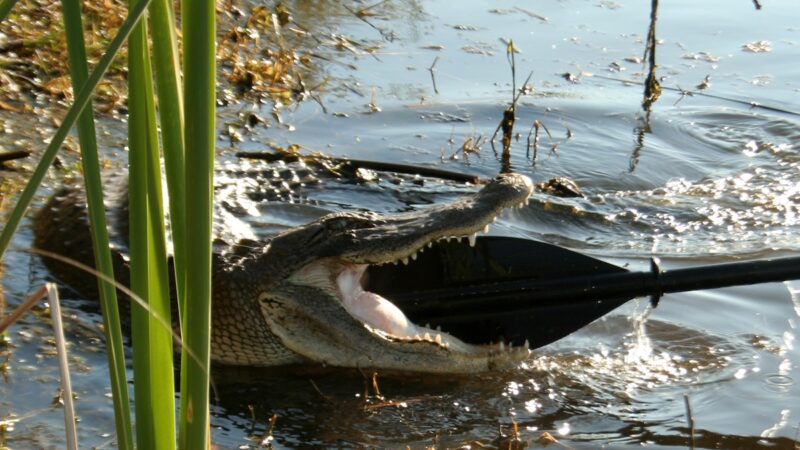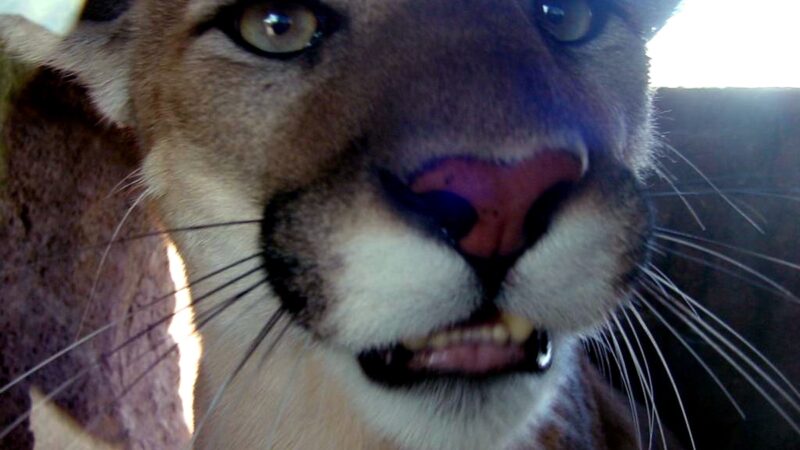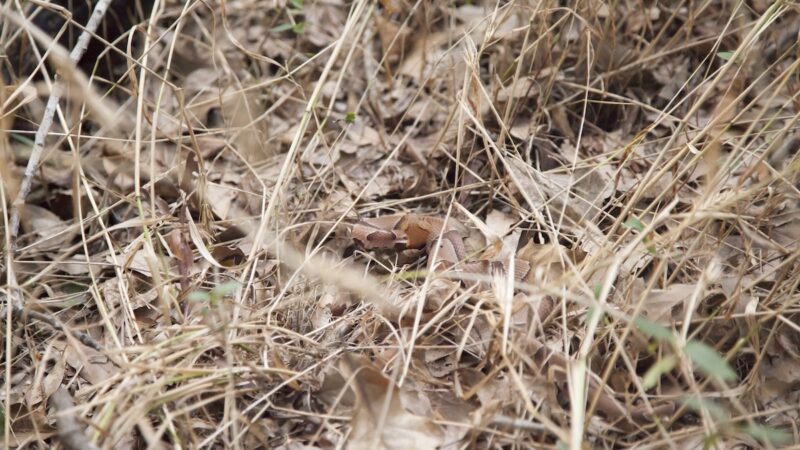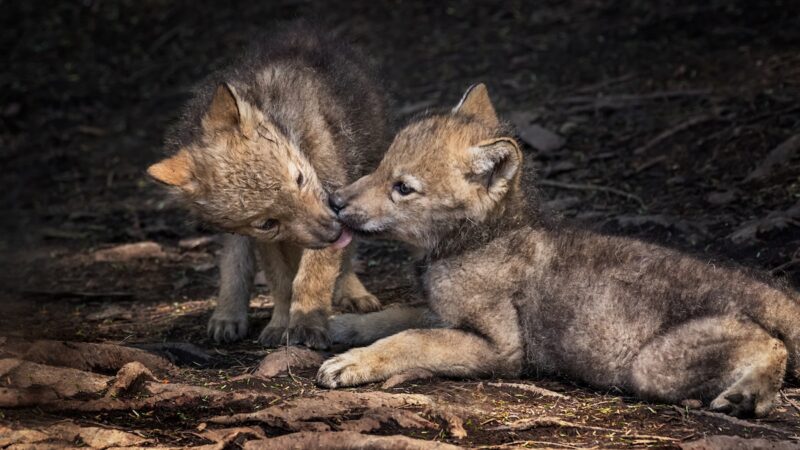The Ways Flora and Fauna Change at Different Altitudes
On my recent trip to Utah and Arizona, I noticed the wide variety of plant life that was growing in each of the places we went to visit. Even in places like Bryce Canyon National Park, which is famous for its red rock formations, the flora changes made things look very different as elevation changed. It made me wonder about how and why flora and fauna can change so much from place to place, so I did some research.
Part of it has to do with altitude.
Similar to animals, plants have developed adaptations over time that help them to survive in their environments. For example, there are a variety of unique mosses that grow on top of Mount Everest that have adapted to the harsh conditions including freezing temperatures, snow, and solar radiation.
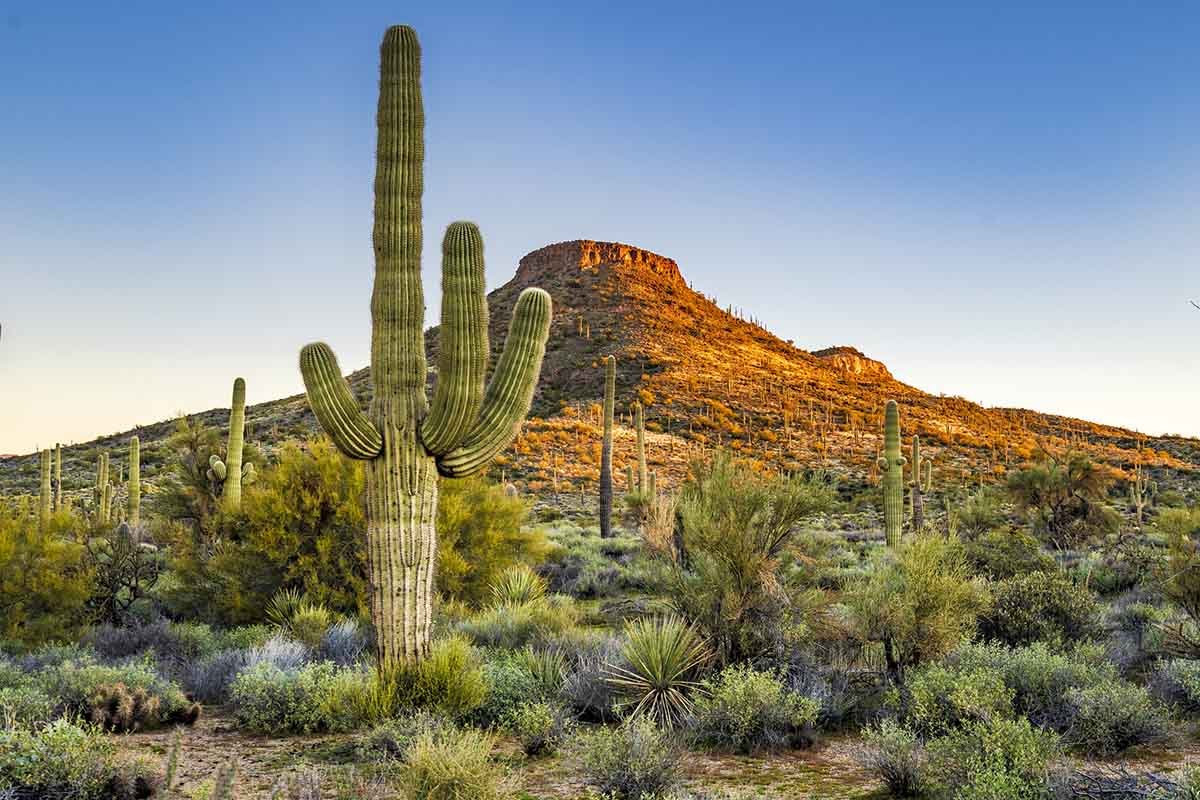
On the opposite end of the spectrum, many plants in desert climates have adapted to heat and limited rainfall during certain seasons. Desert plants often have smaller leaves or a waxy surface, to help them stay cool and reduce evaporation on the surface area of each leaf.
When it comes to plant life and vegetation in alpine areas, there are five stages that flora and fauna can be broken down into; hills, mountains, subalpine, alpine, and nival. At the subalpine stage, often you’ll see trees and forests. In the alpine stage (at about 3000 meters) there will be more grasslands and disjoint vegetation cover,, meaning the plant life will be broken up more with rocks. When you reach the nival stage at the top of the mountain peak, there will be significantly less vegetation to be found. With the majority of the ground being rocks, there are a few mosses that will grow at those high altitudes.
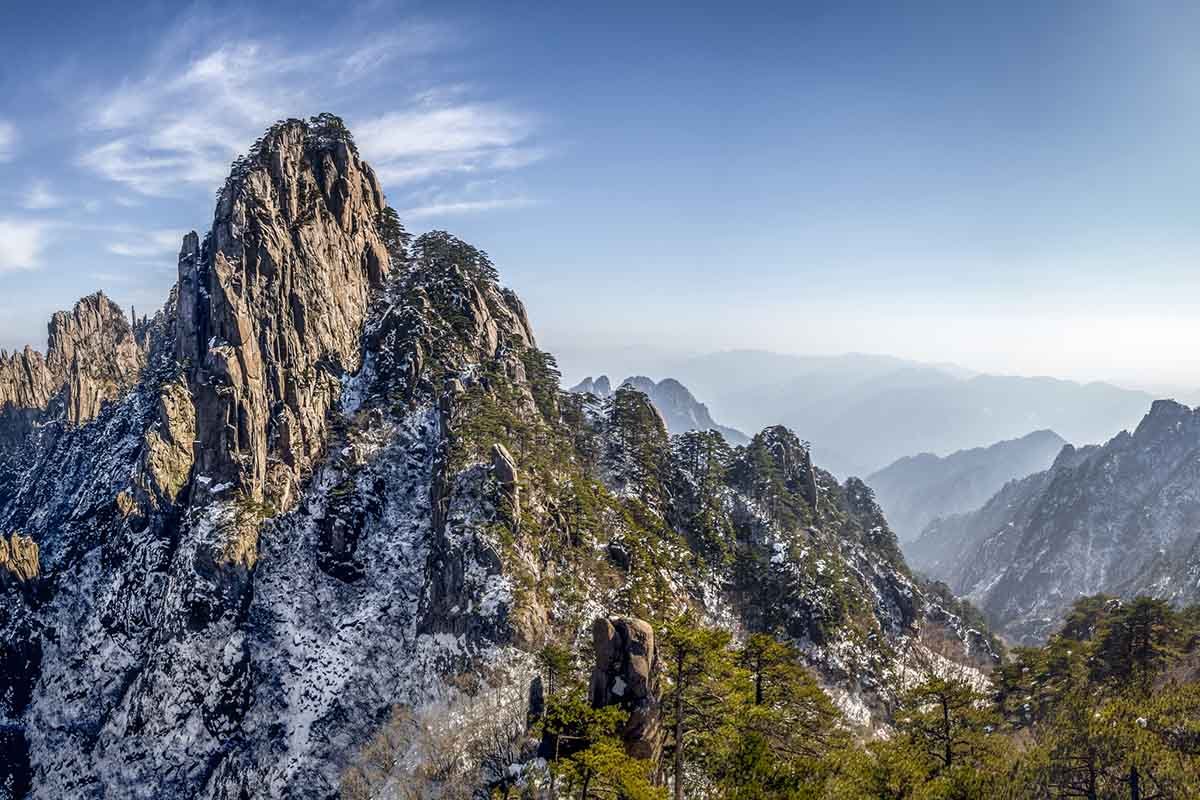
There are three main types of mountain ranges; temperate zone, tropical, and desert. Temperate zone mountains have four distinct seasons. The trees on the lower slopes are often conifer, or cone-producing, and as you climb further up the mountain, you’ll begin to see more alpine-like climates. In these areas, you’ll see a lot of animals such as bears, deer, and squirrels, as well as some smaller reptiles.
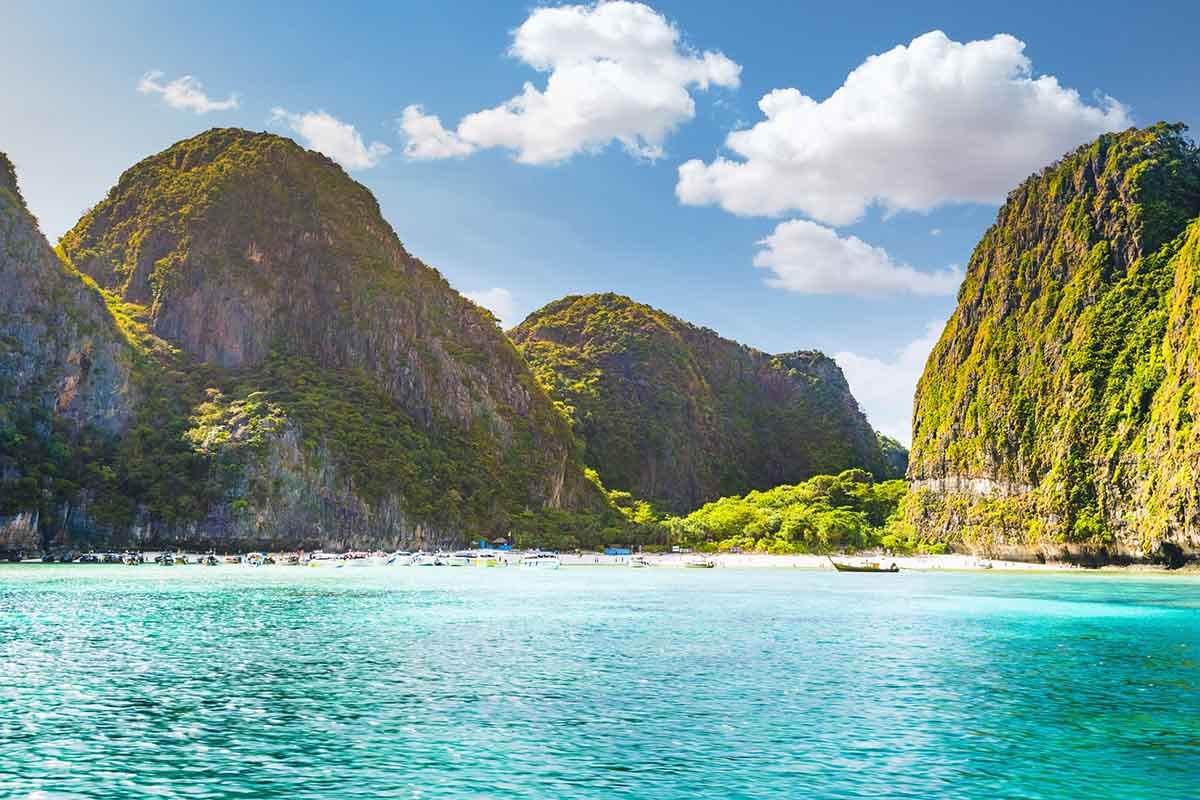
Tropical mountains however are known for their heavy rainfall and are located close to the equator. All rainforests in these areas have similar climates and canopy structures. In tropical mountain ranges trees grow taller than they do in other climate zones. The species of animals can vary greatly based on the continent. Central African rainforests are known for their gorillas, while South American rainforests have higher populations of jaguars.
Finally, desert mountains are known for their harsh climates and lack of wind. There is often little-to-no soil, making it hard for plants to take root. However, there are some cacti that are well adapted to this climate. Animals in desert climates include big-horned sheep, bobcats, and coyotes.
Source: https://outdoors.com/flora-and-fauna-at-different-altitudes/



